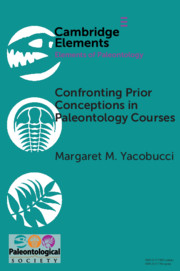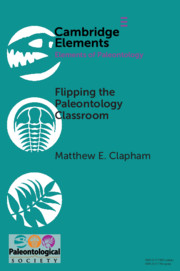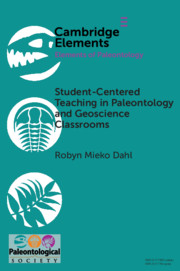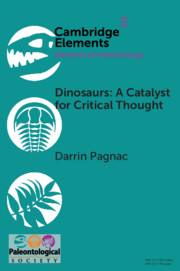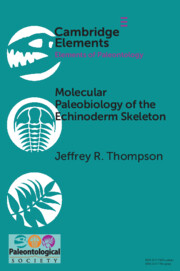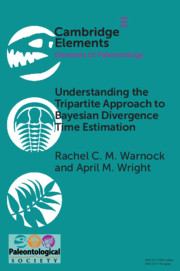
Understanding the Tripartite Approach to Bayesian Divergence Time Estimation
£17.00
Part of Elements of Paleontology
- Authors:
- Rachel C. M. Warnock, ETH Zürich
- April M. Wright, Southeastern Louisiana University
- Date Published: February 2021
- availability: Available
- format: Paperback
- isbn: 9781108949422
£
17.00
Paperback
Other available formats:
eBook
Looking for an inspection copy?
This title is not currently available on inspection
-
Placing evolutionary events in the context of geological time is a fundamental goal in paleobiology and macroevolution. In this Element we describe the tripartite model used for Bayesian estimation of time calibrated phylogenetic trees. The model can be readily separated into its component models: the substitution model, the clock model and the tree model. We provide an overview of the most widely used models for each component and highlight the advantages of implementing the tripartite model within a Bayesian framework.
Customer reviews
Not yet reviewed
Be the first to review
Review was not posted due to profanity
×Product details
- Date Published: February 2021
- format: Paperback
- isbn: 9781108949422
- length: 75 pages
- dimensions: 150 x 230 x 4 mm
- weight: 0.85kg
- availability: Available
Table of Contents
1. Introduction
2. A brief introduction to Bayesian inference in phylogenetics
3. A tripartite model for divergence time estimation
4. Substitution models
5. Clock models
6. Tree models for time-calibrated tree inference
7. Expanding the potential of the tripartite model within the Bayesian framework
8. Conclusions.
Sorry, this resource is locked
Please register or sign in to request access. If you are having problems accessing these resources please email [email protected]
Register Sign in» Proceed
You are now leaving the Cambridge University Press website. Your eBook purchase and download will be completed by our partner www.ebooks.com. Please see the permission section of the www.ebooks.com catalogue page for details of the print & copy limits on our eBooks.
Continue ×Are you sure you want to delete your account?
This cannot be undone.
Thank you for your feedback which will help us improve our service.
If you requested a response, we will make sure to get back to you shortly.
×

